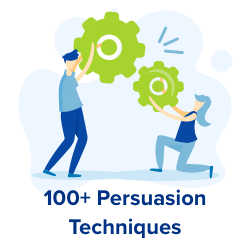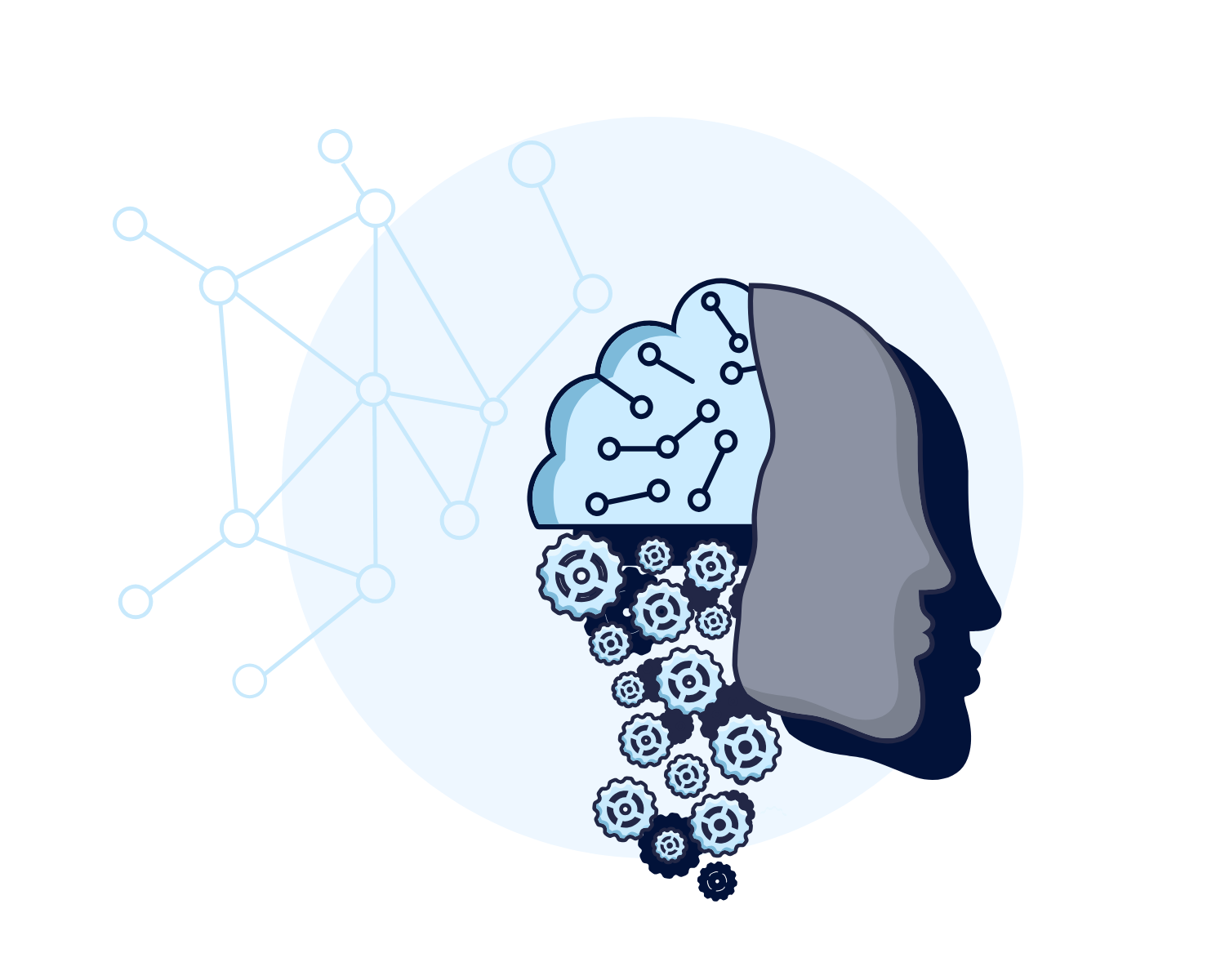How to Maximise Travel eCommerce Sales With Neuroscience
![]() This article was originally published on Travel Bulletin
This article was originally published on Travel Bulletin
—
Recent years have seen an ongoing rise in customers looking to book their travel online, with last year seeing 76% of Brits booking their holidays on digital platforms.
It has at the same time become increasingly competitive for travel retailers to convert this surge in customers that are browsing their travel online into sales. There are various ways in which retailers can optimise their websites and boost conversion rates; one method which is often overlooked is neuroscience.
Through the use of various neuroscience techniques – such as ‘scarcity’ which is creating the impression that something is scarce or offering less attractive packages to make other packages seem more desirable – retailers can beat the visits vs. conversions battle.
The start of this year saw the rise of ‘Sunshine Saturday’. The second Saturday of the New Year was the busiest day of the year for travel retailers and saw a huge rise in bookings. No doubt this surge was from those organising their annual holidays to cope with the post-festive season lull and return to work. With this in mind, it is important that travel retailers act now and optimise their websites in the run up to the New Year. Retailers must consider the techniques that can be used in order to optimise their sites and boost conversion rates.
The following techniques are simple and quick to adopt and can promote sales and work particularly well on travel websites.
Action – Creating a Sense of Urgency
Persuasive notifications such as those which indicate stock levels and postage deadlines help to create a sense of urgency and alertness amongst customers who may be passively browsing. Through using the websites real data to create notifications that attract the visitor’s attention and persuade them to take action, the customer is encouraged to finalise their purchase more quickly. For example, when it is made clear to the customer how long a particular offers lasts for, it captures their attention and encourages them to act quickly.
Highlighting discounts
It is common for customers to often miss discounts as they are not made clear enough. Customers can be drawn to other aspects of the sites and are unaware that they could be getting more for their money. This can be avoided by focusing on the flow of your website and ensuring that you are analysing the browsing behaviour of visitors. A/B testing is a great way to do this and it can be activated on retailers’ platforms in just one click. Once behaviour is observed and the recommendations for improvement are clear, changes to the website can then be made in real time to ensure maximum conversion.
Introducing a less attractive option
Holiday makers like to feel in control and able to pick and choose options for their trips. However, there is a fine line between choice and the feeling of being overwhelmed. When there are a variety of option and packages on offer, as there often is in travel, customers can often abort purchases as they seem ‘too complicated’.
To combat this websites can make package choices clear and point customers in the right direction by offering less attractive packages in order to make another package seem more favourable. By adding an option which is, for example, significantly more expensive and only slightly more lucrative than the option you would like to sell, customers are more likely to feel like they are getting a better deal with the option you want them to choose.
Identify the gaps
Luxury travel company Scott Dunn which specialises in ski, catered villa, family and tailor-made luxury holidays recently recognised the need to optimise their website.
Scott Dunn wanted its online shop front to work harder to convert prospects to enquiries. After an analysis of its site, the company found it could better communicate its value proposition and key differentiating elements. It became clear that customer expectations could be better met. The psychology of a prospect looking to book a high-ticket item, such as a holiday, is very different from one looking to buy their groceries.
The brand recognised that the more those potential prospects needed to think the more it interrupted their journey; this led to a high website dropout rate and, ultimately, them becoming lost to competitors. By using a mixture of data analysis, heuristic analysis, and its deep understanding of consumer psychology, Scott Dunn identified a number of instructed hypotheses to increase conversions. It then worked on the flow of the site so that prospects were more naturally guided through the steps to progress through and ultimately contact the sales team.
It is important that travel companies focus their attention towards optimising their websites in time for the New Year booking peak. By following these neuroscience based tips and the techniques used by Scott Dunn, travel companies can boost their conversion rates and optimise sales.



